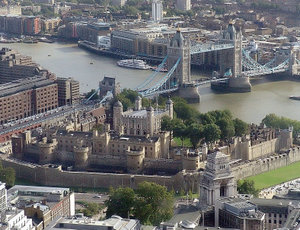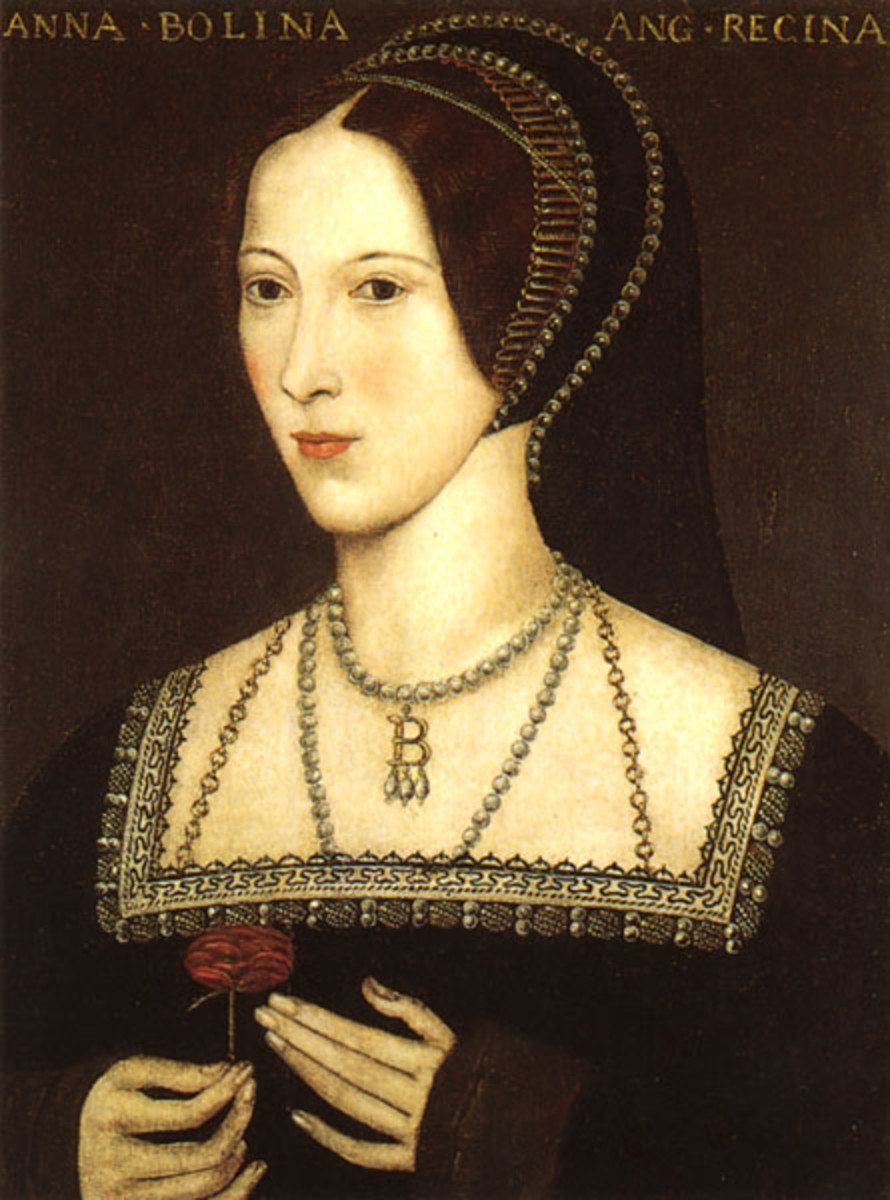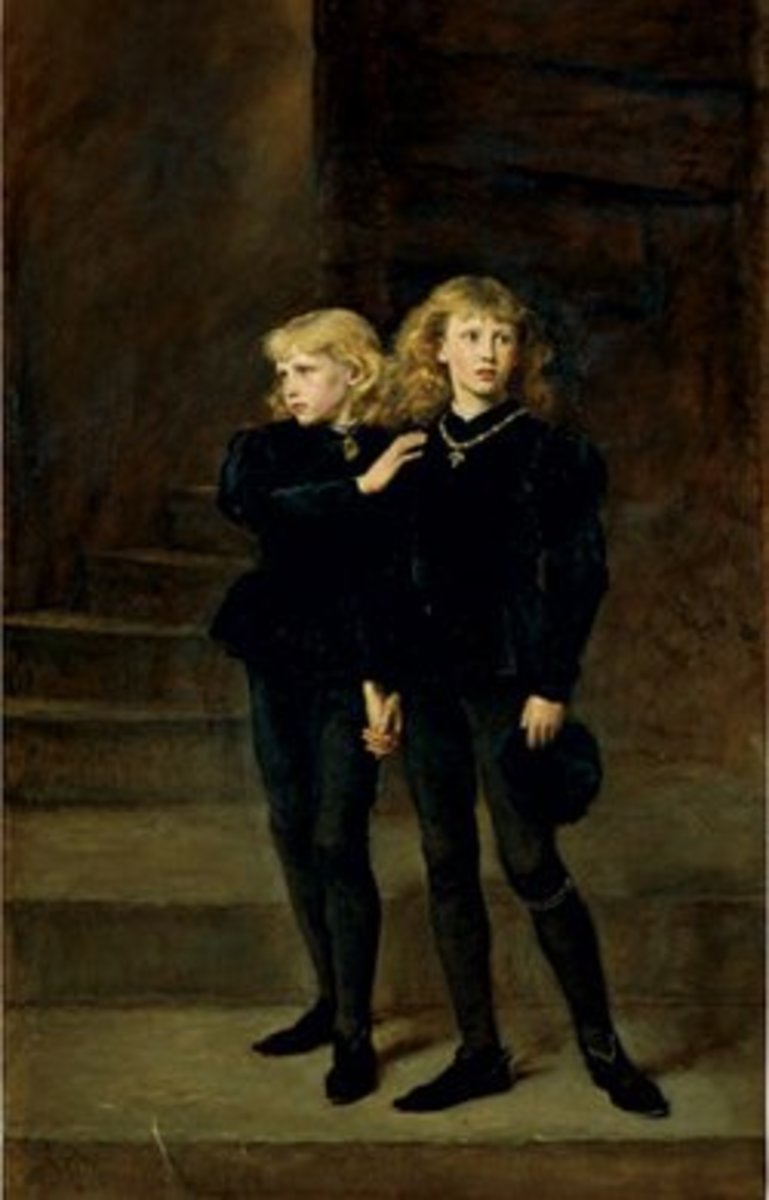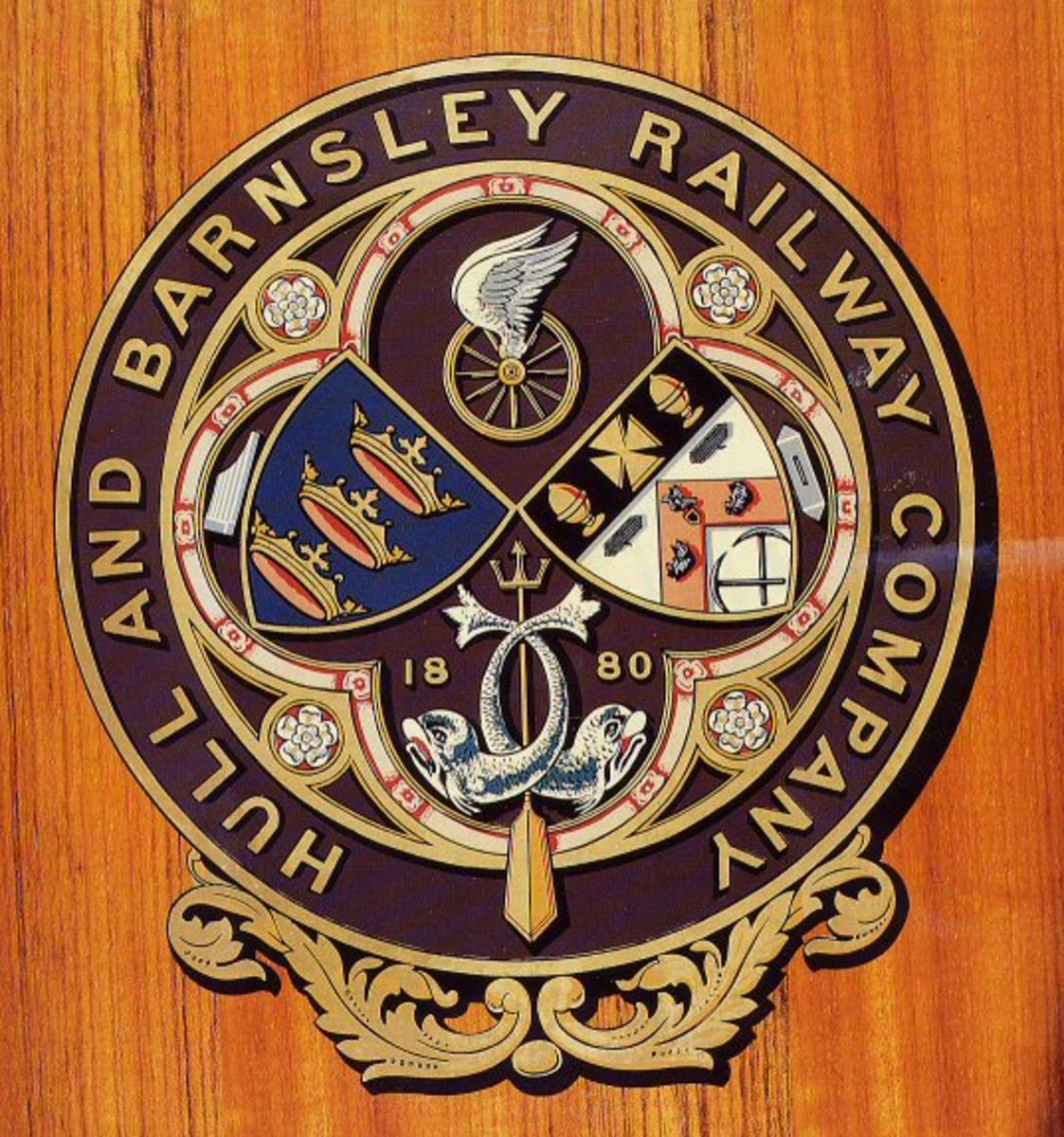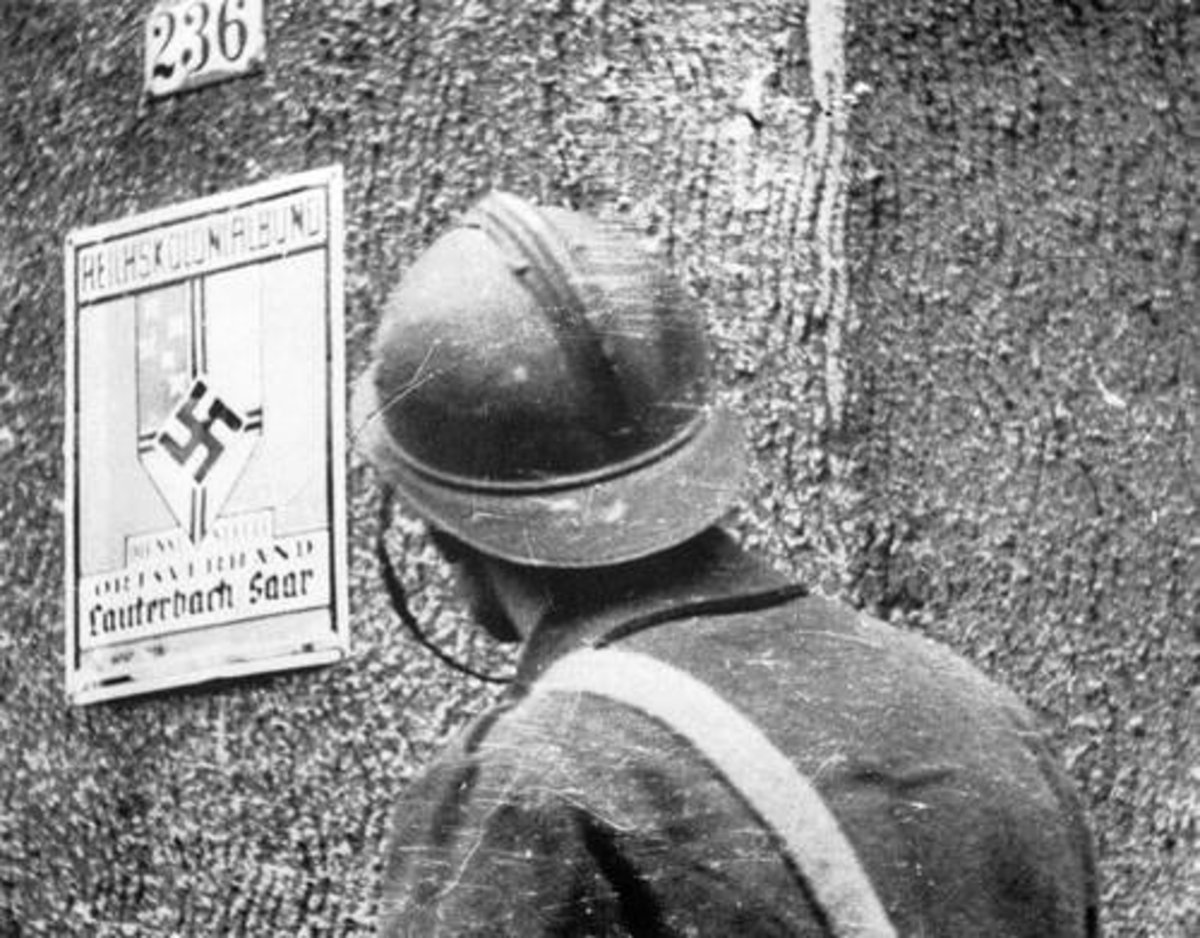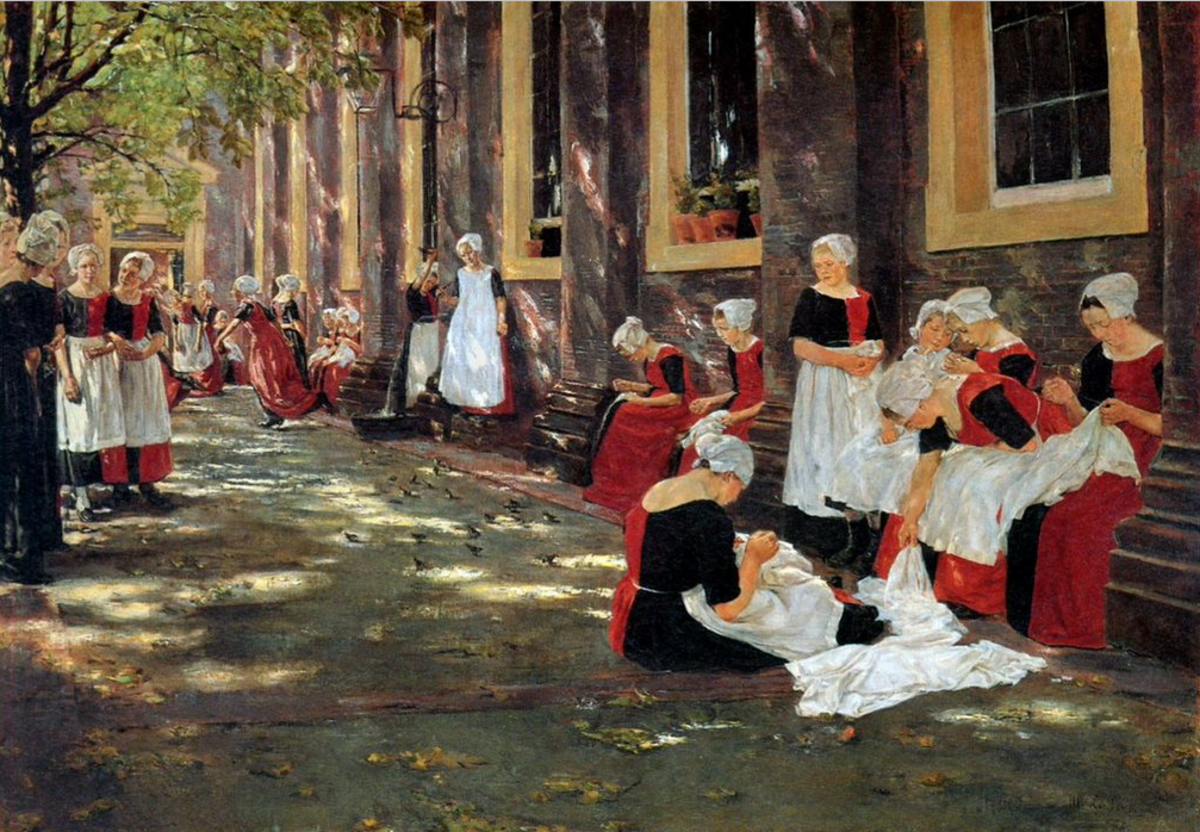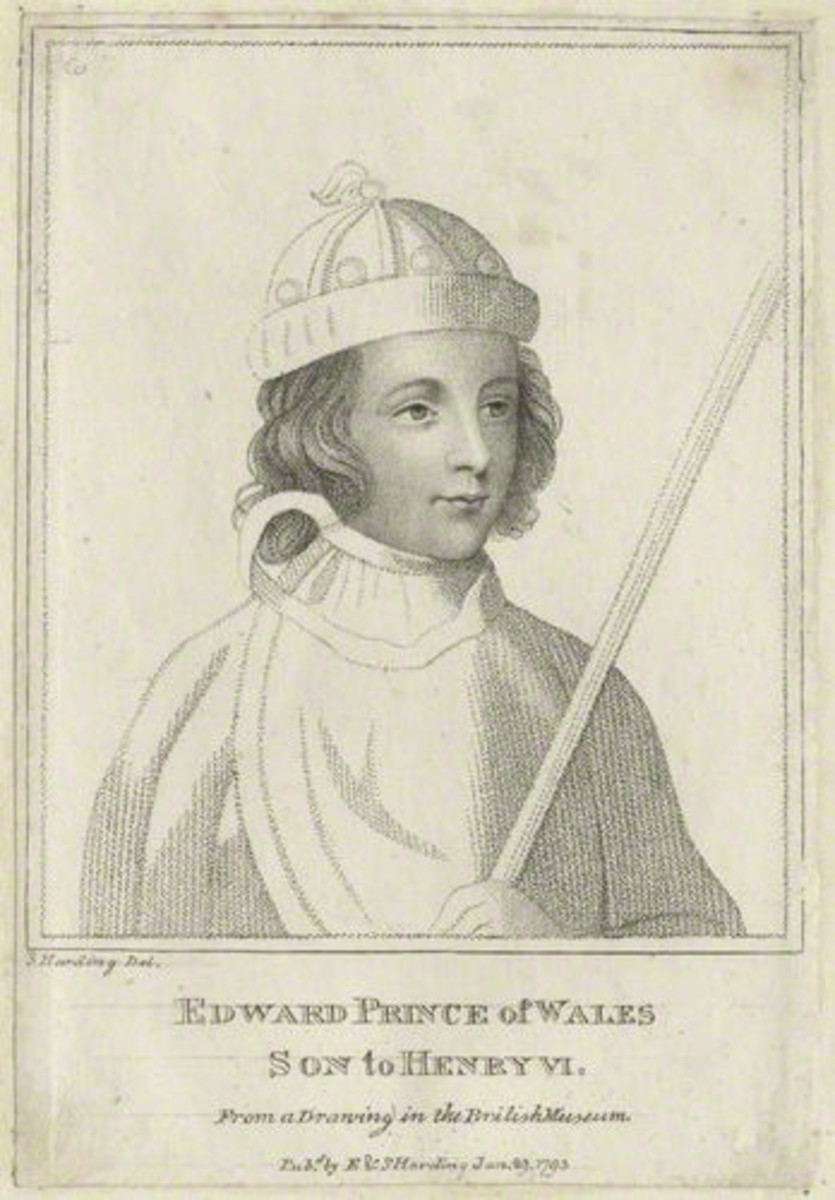The Tower of London Part 1.
The White Tower
It should really be called the Towers of London as there are twentyone different towers which make up the overall structure, but for simplicity its known as The Tower. Twenty of the towers are situated on the Outer Ward built in to the six sides of the structure with the oldest tower, the White Tower built in the centre of the Inner ward. The White Tower was built by William the Conqueror, along with other castles and towers to protect the new city of London. The White Tower would protect the city from invasion by the river. The early castle was surrounded by earthworks and the total area covered was a lot smaller than the eighteen acres it covers today. The overall shape and dimensions of the tower has altered many times over the centuries but William's Tower has always been at its heart. The White Tower was built with stone, the walls fifteen feet thick and ninety feet high with sheer sides to discourage climbers, and tiny windows to prevent missiles being fired into them. It was built on the model of William's castle in Rouen, the capital of Normandy. William didn't live to see the tower completed: it was finished by his second son William Rufus.
Later kings altered and improved The Tower of London, and their expenditure is recorded in the Royal Account rolls. Henry the first, (1100 to 1135) is thought to have built the Wardrobe Tower and furnished houses and other buildings for his household and himself in the Royal Apartments. Richard the Lionheart (1189 to 1199) left instructions for alterations to the tower's defences before leaving for the Holy Land on his crusades against Saladin. His brother King John (1199 to 1216) spent a considerable time at the Tower and had pallisades, catapults and trebuchets built to further improve the defences.
White Tower
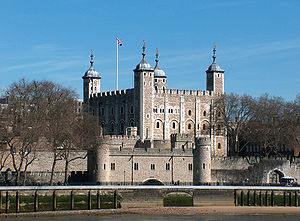
Henry 3rd
King John's son Henry 3rd (1216 to 1272) was a very ambitious builder and in his 56 years reign he altered The Tower of London and its surrounding wards dramatically. The Chapel Royal of St. Peter ad Vincula (in chains) got its name from St. Peter's imprisonment in Jerusalem by King Herod. Henry 3rd completely rebuilt this chapel and also added fine stained glass windows and decorations to the Chapel of St. John in the White Tower. He also developed an area on the river side of the Tower known as The Medieval Palace. To follow the new trend of the day, Henry had the Tower painted inside and out with whitewash and although the paint has long since worn away, the name has stuck.
Henry then started on the fortifications, building a new massive inner ward and new defence towers. He extended the wall along the river and built the Salt Tower there to protect it. Then he turned to the North and built the Broad Arrow tower, the Constable tower and the Martin tower at the far Northern point. These towers are D shaped so that his army could fire arrows along the length of the wall. They also provided accomodation for the troops.
West from the Martin tower three more D shaped towers were built. These towers, Brick, Bowyer and Flint towers were built extra high as the land sloped upwards and the army still needed to fire down on any enemy. Lastly the moat was dug, and after many failures of the water receding with the tide, or silting up into a sludge, a Flemish Engineer, John le Fossur- the ditcher- succeeded in curing the problems. The moat is 160 feet wide in places with dams to keep the water in place at all states of the tide. Edward 1st (1272 to 1307) had the moat extended in 1281: this is the moat we see today. Edward also continued the work that his father had started by increasing the size of the curtain wall along the riverside and building the great outer defences into a fortress. At the northeast and northwest corners he built bastions known as Legge's mount and Brass mount, where his archers could cover the moat as well as the high ground. He then shifted the main entrance to the southwest corner so that anyone arriving had to traverse a double gated walkway to the Lion tower ( which no longer survives) built in a large basin of water fed from the moat, then proceed along a narrow causeway overlooked by the Middle tower and the Byward tower. Visitors were under observation the whole way.
Ghosts of the tower
The ghosts of The Tower of London are many. Sightings of ghosts that haunt the tower are well recorded.
The white tower - A figure known as the white lady, identified as Ann Bolyn standing at a window.
Salt tower. Several Yeoman Warders reported the sensation of being sat on and smothered when resting in the guardroom.
Constable tower. A ghost who turns up when staff are celebrating something.
Audience chamber, Wakefield tower. The ghost of Henry 6th pacing up and down at midnight on 21st May.
The Bloody tower. Ghosts of the Princes, allegedly murdered by Richard 3rd, haunting the spot where they were killed.
Traitor's Gate. Two Tudor women accompanied by warders passing through the gate.
Tower Hill. A procession of Medieval guards and the Sheriff of the tower carrying a severed head on a pike.
Yeoman Warder's flat in Martin tower. A woman and a bear: the bear so terrifying that its supposed to have frightened a guard to death.
True or False? Who knows. Visit The Tower for a great day out.
Part 2. Armaments and Torture.
View of the Tower and Tower Bridge
